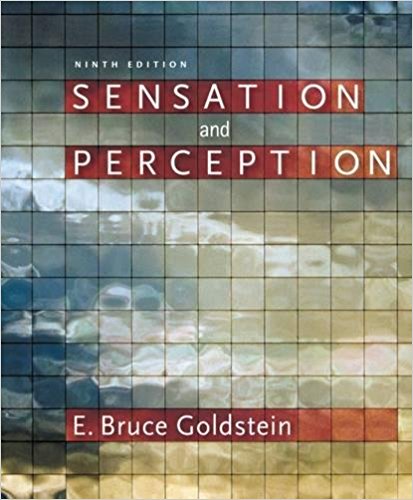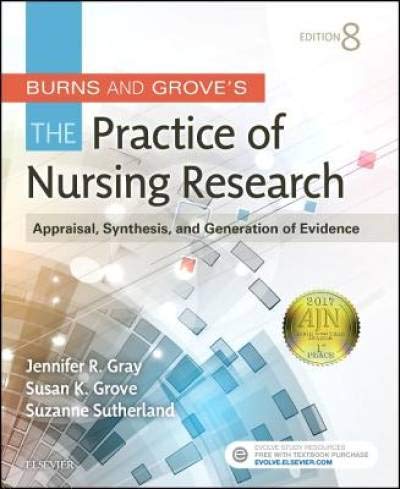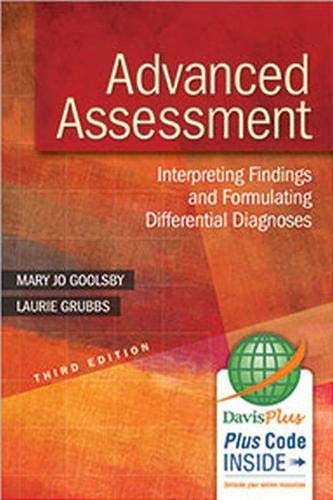Sense And Nonsense About Crime Drugs and Communities 8th Edition – Test Bank
Test Bank and Answer Key
TRUE/FALSE
1.Findings from Wolfgang’s landmark Delinquency in a Birth Cohort study contributed to a shift in crime control policy from specific to general incapacitation.
ANS: F
REF: 4-5—4-7
2.Wolfgang’s original findings have been confirmed by other cohort studies.
ANS: T
REF: 4-7—4-9
3.Prevalence of criminality refers to participation in crime while persistence refers to continuing criminal activity.
ANS: T
REF: 4-9—4-10
4.Wolfgang’s birth cohort study was published at a time when crime rates were slowly beginning to increase.
ANS: F
REF: 4-10
5.Identifying and selectively incapacitating chronic offenders was difficult before the evidence-based policy movement but has since become much easier.
ANS: F
REF: 4-19
6.Research indicates that the most accurate method of predicting chronic offending is the actuarial approach.
ANS: F
REF: 4-14—4-15
7.The Texas death row inmate study relied on the clinical evaluation method of prediction.
ANS: T
REF: 4-15—4-16
8.The Sentencing Commission’s evaluation of federal sentencing guidelines found that as criminal history scores increased so did recidivism rates.
ANS: T
REF: 4-16
9. The effectiveness of the Rand prediction scale was assessed by correlating predicting scores with inmates’ actual reported criminal behavior.
ANS: T
REF: 4-17
10. The method of estimating annual offending rates in the Rand Inmates Survey was a major advance over previous estimates because it relied on self-report data.
ANS: T
REF: 4-19—4-20
MULTIPLE CHOICE
1. Wolfgang’s birth cohort research found what percent of the original cohort had at least one officially recorded contact with the police?
|
a. |
6% |
c. |
35% |
|
b. |
16% |
d. |
95% |
ANS: C
REF: 4-5
2. One of the implications regarding Wolfgang’s use of officially recorded police contacts as the measure of delinquency noted in the chapter was that
|
a. |
this data did not capture property or violent crimes committed on school grounds |
|
b. |
the racial bias of police in Philadelphia resulted in arrest records for more minorities than Caucasian boys in the cohort |
|
c. |
the prevalence of offending was likely higher since the data did not capture crimes unknown to police |
|
d. |
all of the above |
ANS: C
REF: 4-6
3. Wolfgang’s Delinquency in a Birth Cohort research uncovered some important offending trends including which of the following?
|
a. |
a small percentage of delinquents are responsible for the majority of all crimes |
|
b. |
reasons why most delinquents stop committing illegal acts at some point |
|
c. |
that most young males have at least one officially recorded act of violence |
|
d. |
failing liberal policies contributed to increased rates of chronic offending in the 1960s |
ANS: A
REF: 4-6
4. Wolfgang labeled members of the cohort
|
a. |
delinquents and recidivists |
|
b. |
low, medium, and high-rate offenders |
|
c. |
nonoffenders, part-time offenders, and repeaters |
|
d. |
one-time offenders, nonchronic recidivists, and chronic delinquents |
ANS: D
REF: 4-5—4-6
5. Wolfgang’s follow-up study using a 1958 cohort found
|
a. |
offenders in the 1958 cohort began their criminal careers at an earlier age than the 1945 cohort |
|
b. |
a small percentage of the cohort was chronic recidivists, but they committed more and more serious crimes than the 1945 cohort |
|
c. |
the same pattern in chronic offending held for both boys and girls |
|
d. |
the original study was a fluke as similar patterns in chronic offending were not identified |
ANS: B
REF: 4-7—4-8














Reviews
There are no reviews yet.